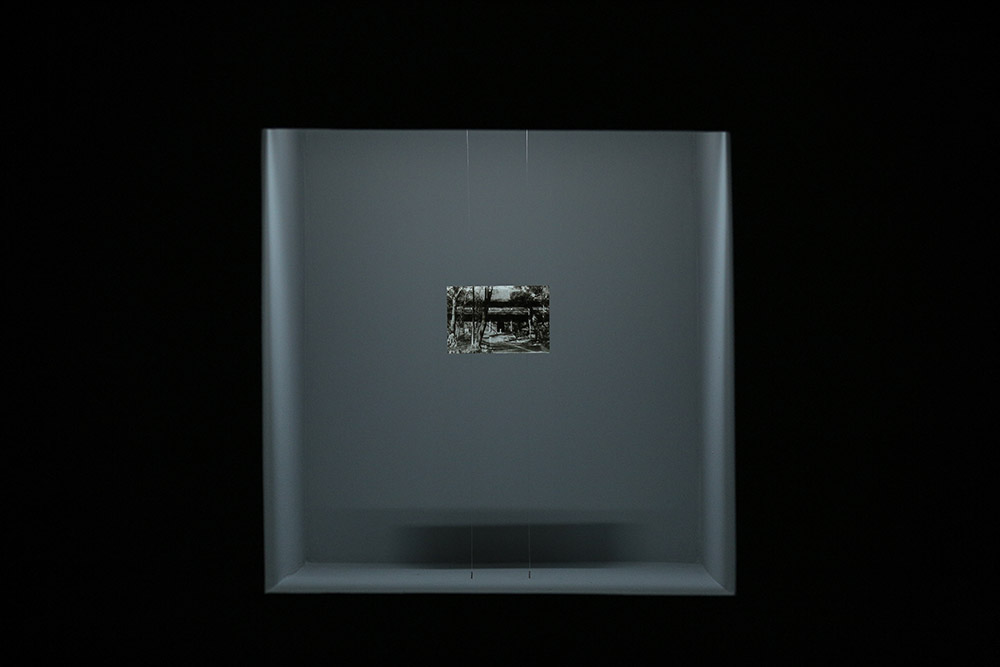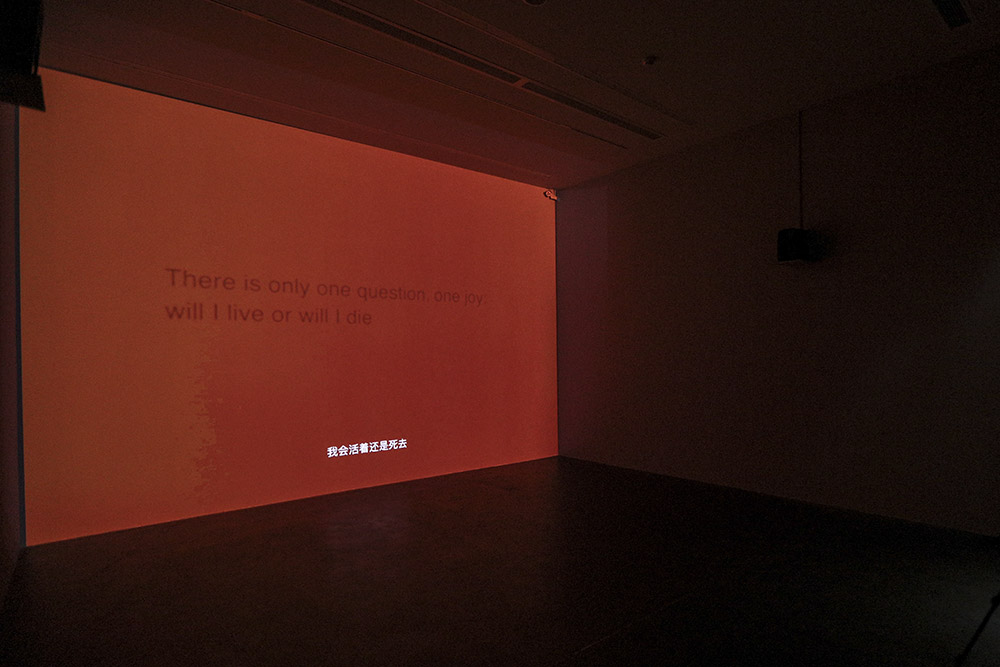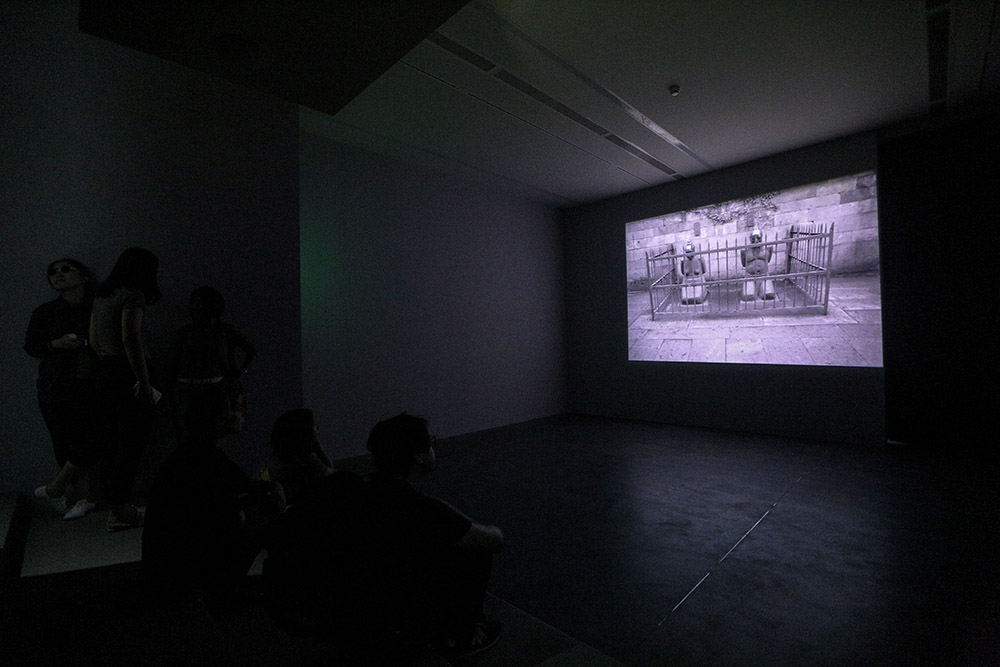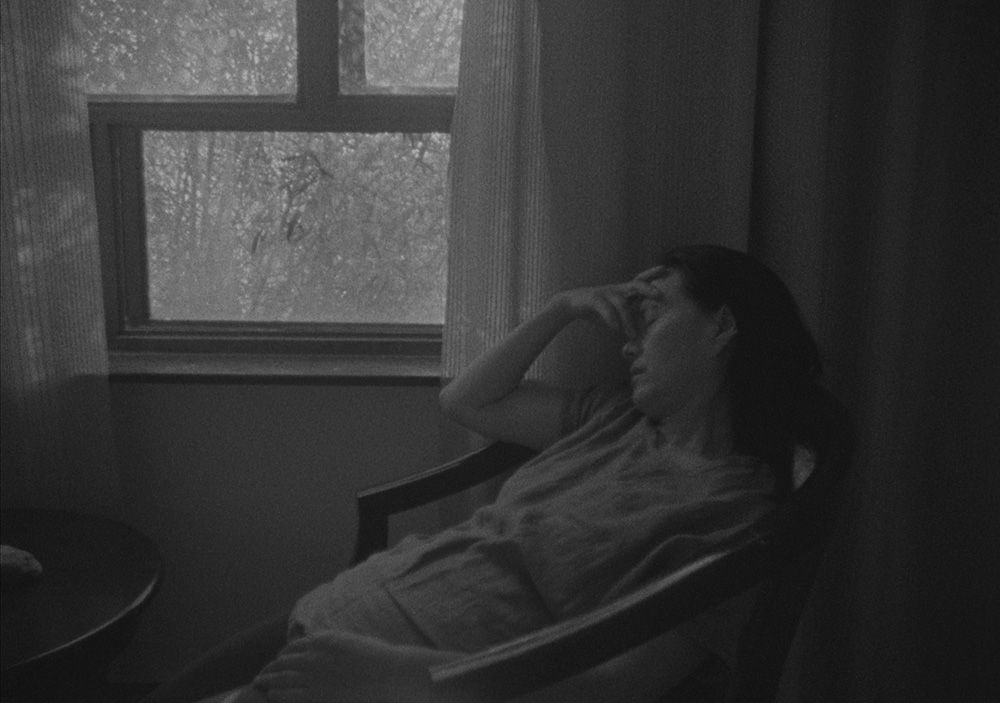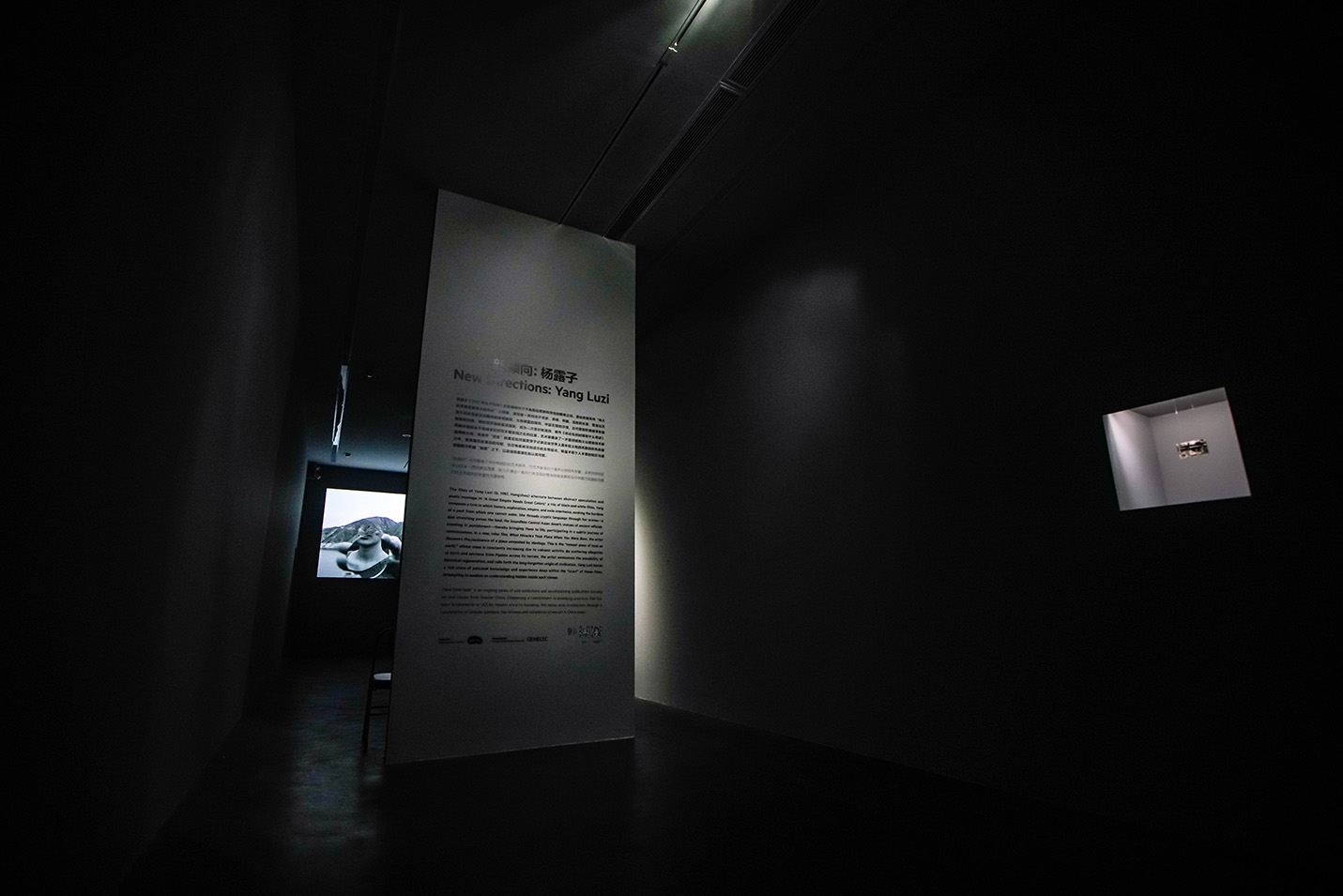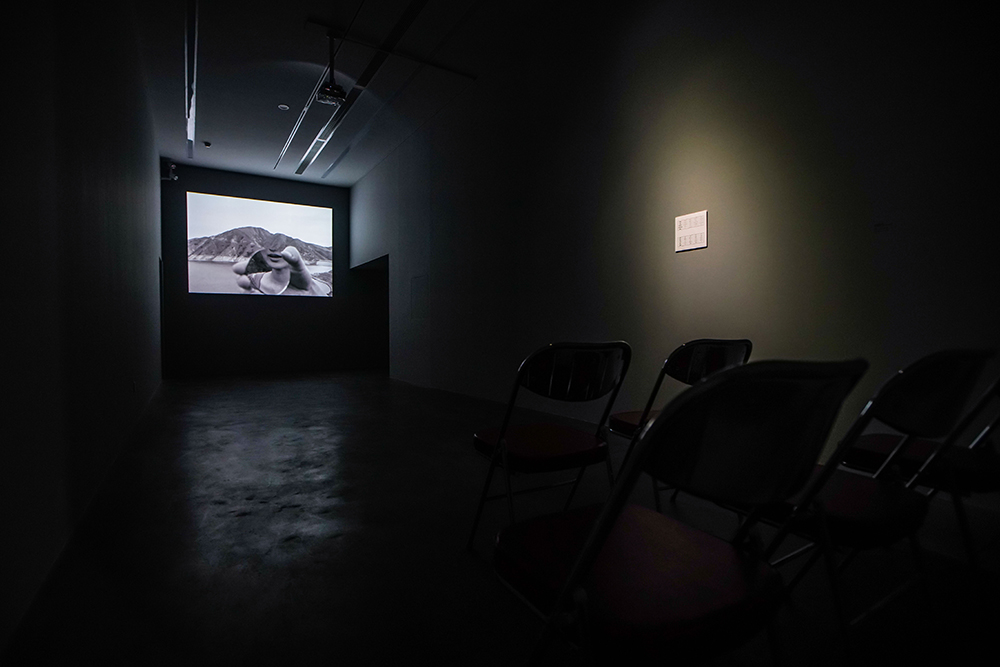ART CITIES:Beijing-Yang Luzi
 Yang Luzi is a filmmaker and science fiction writer residing in Los Angeles. A Chinese national, she has spent the past decade living between the United States, Germany, and China, she majored in philosophy during her undergraduate study at Harvard University before receiving a master’s degree in the art of cinematic creation from California Institute of the Arts.
Yang Luzi is a filmmaker and science fiction writer residing in Los Angeles. A Chinese national, she has spent the past decade living between the United States, Germany, and China, she majored in philosophy during her undergraduate study at Harvard University before receiving a master’s degree in the art of cinematic creation from California Institute of the Arts.
By Dimitris Lempesis
Photo: UCCA Archive
Yang Luzi’s solo exhibition at UCCA is part of “New Directions” series launched in 2005 to promote the China’s most promising artists. The exhibition includes two bodies of work: “A Great Empire Needs Great Colors” a series of black-and-white films comprising “The Oracle is the Mouthpiece”, “Le Yeti” and “Spirit Away Temple”, all produced in 2016; and the color film “What Miracles Took Place When You Were Born” (2018). These works deal with perennial themes: the vicissitudes of time, the cycles of history, and the rise of civilization and seek out new possibilities therein, creating a space charged with tension, balanced between past and future. Yang Luzi’s filmic practice often blends scenes of personal significance into larger historical contexts, creating a landscape in which the psychological is overlaid with the geographical. Using the language of prayer, Yang Luzi transforms her private experiences into visual and linguistic cues. Words, scattered among the images, are given a life of their own. They do not merely supplement these images, but run parallel to them, sometimes even challenging their veracity. Numbers seem to suggest important historical dates, yet it is never clear whether they are keys to understanding the films, or merely bait, luring us deeper into a labyrinth of history. Here, facticity and imagination, memory and futurity, blur together. In “The Oracle is the Mouthpiece” a fragment of a face appears on a small mirror above a lake, its lips silently uttering a string of bizarre words: red yellow green blue, iron copper bronze zinc, a great empire needs great colors.” The prophet’s eyes are never seen, they are cut off by a mountain range, rising from the water, as if the speaker’s sight merges into the land itself. The image evokes that of the blind prophet, one who could see divine will beyond the fog of appearances—giving up physical sight, and gaining supernatural vision. In “Le Yeti” a traveler retraces the storied steps of early 20th Century Swedish explorer Sven Hedin, surveying the area supposedly inhabited by the mythical Yeti. Desert and debris are juxtaposed with the sound of running water, suggesting the artist’s home in southern China, and forming an imagined landscape at once familiar and foreign. In “Spirit Away Temple”, Hangzhou’s Fei Lai Feng peak is recalled as the artist has always known it in her memory, as “The Peak that Flew Away”. In one shot, two deities within the 13th Century Moya Cliff Reliefs seem as if they have just descended and, simultaneously, as if they are about to take flight. Another scene cuts between a pair of sculptures kneeling in a shrine and two human bodies crouched in darkness, like figures punished for some age-old crime. In Yang’s films, the borders of ancient empires are coextensive with the ruins found in modern civilization; past adventurers share itineraries with today’s travelers, using scraps of Morse code; people carved into cliffs exchange looks with twenty-first century viewers; and motifs, dense with history and culture, lead us into a kingdom of images. These images do not themselves point to any specific historical event, but to the hardships—then and now, real and imagined—faced by individuals and nations. “What Miracles Took Place When You Were Born” represents Yang’s search for vitality in new continent. The mass of this land is constantly increasing due to volcanic activity, a kind of geographic autopoiesis* which affords her the rare chance to unburden herself from history. She picks bright, lively images, like potatoes grown on native soil, or newly introduced species, and searches for the “miracles of birth” that connect them. Both serious and irreverent, the film uses the structure of Psalms to retell or “annotate” several stories of miracles. After repeated iterations, the “miracles” begin to sound like jokes. Their supernatural aspect is diluted, and the structures at their core, cemented over thousands of years, are destabilized, becoming fluid and free. A newly discovered, individual consciousness reveals itself, a pre-religious understanding of the world and nature. Delving past layers of abstraction and returning to the moment of birth, it finds the miraculous.
*Autopoiesis literally means auto (self)-creation. The term was first used in an attempt to define the difference between living entities and other entities. The main distinction is that living entities are “autopoietic”, meaning that they can produce and reproduce themselves. It is a self reproducing system, system reproduce themselves by observing themselves.
Info: Ullens Center For Contemporary Art (UCCA), 798 Art District, No. 4 Jiuxianquiao Lu, Chaoyang District, Beijing, Duration 6/9-12/8/1/, Days & Hours: Tue-Sun 10:00-19:00, ucca.org.cn
